Best Way to Start Prepping
Looking for the best ways to start prepping? The threat of disasters, ranging from natural hazards to man-made incidents, looms large in our lives. Preparation is key to ensure that we remain safe during the worst times and are able to pick up the pieces afterward. Prepping for disaster can be daunting, but there are steps you can take to make sure you and your family are as prepared as possible.
Best Ways to Start Preparing
Natural disasters and any man-made disaster aren’t always something you know is going to happen. Being able to survive on weeks of self-reliance is almost vital at this point in the world. If you want peace of mind, then you need to get a good start on learning about the best way to start prepping. Whether it’s a power outage, hurricane, flood, or worst-case scenario, you can’t rely on someone else to help you. You have to be prepared! Your prepping journey isn’t like anyone else’s, which is why you have to start somewhere! You can’t rely on emergency services to save you, it’s on you to have a safe location and enough food to get you through whatever may come your way.
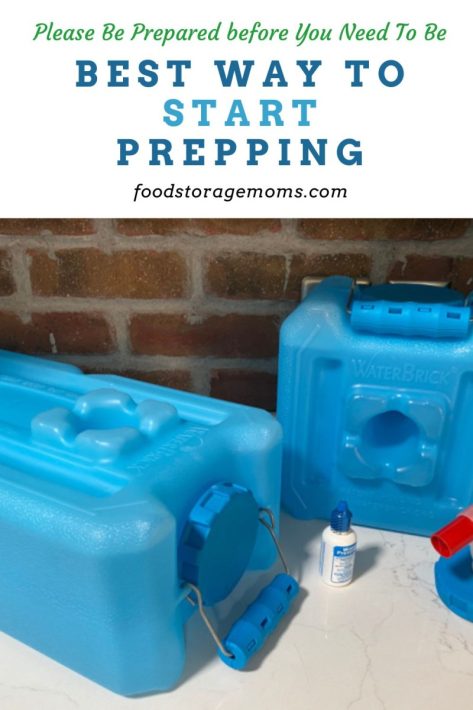
Establish a Plan
First and foremost, it’s important to have a plan in place for any type of emergency that may arise. There should be designated meeting places, routes you will take if needed, supplies you will need, and contact information in case of separation. You should also decide how you want to communicate with one another in an emergency situation. All these items should be included in a comprehensive plan that everyone understands and takes seriously.
Stock Up on Supplies
Next, it’s important to start stocking up on supplies beforehand so that when a disaster does strike, you don’t have to waste valuable time scrambling around trying to gather all the necessary materials. This means having a pantry or storage space ready with food, water bottles, blankets, flashlights, tools (like screwdrivers and wrenches), first aid kits, clothing items like coats or boots, batteries (for both power sources such as cell phones and flashlights) medications (if needed) candles/ matches/ lighters/ (for lighting fires), radios for communication outlets, etc. The list may vary depending on the type of disaster but should include enough necessities for at least 72 hours per person.
- Water storage, dozens of gallons of water
- Emergency Kit
- Toilet Paper
- Bug-out bag
- First Aid Kit and first aid supplies
- Freeze-Dried Food
- Fire extinguishers
- Get Home Bag
- Emergency food items, as much food as possible.
- Personal hygiene
- Medical supplies
- Ham radio, duct tape, water filters, and any other item like this.
Going to the grocery store and making sure you have enough supplies, are the most important things you can do to prepare! In case of an emergency, you will be prepared, while everyone else is still scrambling around.
Develop an Emergency Fund
It’s also wise to create an emergency fund prior to an event occurring so funds can be used should there be any damage or extra costs incurred due to an unexpected occurrence. This doesn’t necessarily mean stashing away thousands of dollars; even having a few hundred dollars tucked away securely is better than nothing!
For those who live in hurricane-prone areas, floridaforeveranization.org has some great ideas about insurance policies that could benefit families before any sort of storm hits land which may save them money afterward. This includes purchasing flood insurance if living near rivers or lakes which could help immensely after heavy rainfalls flood neighborhoods etc.
Preparing Mentally – Best Ways to Start Prepping
Preparing yourself mentally for what may come is just as important as stockpiling physical items! Part of prepping for disaster means recognizing potential risks associated with certain events, so people know what kind of safety precautions they need to take ahead of time.
Talk with family members about what might happen if specific situations arise, and look into local community organizations that provide resources/ shelter/transportation during certain disasters.
Don’t be afraid to read up on any news reports relevant to your area regarding potential issues and discuss them together. Discussing potential risks will not only help prepare people mentally but also allow them enough time beforehand so they can make necessary arrangements if needed!
Go through your emergency preps and know what your personal needs are. The preparedness journey is just as much work on a mental level as it is on a physical level. Mental Health Issues After A Disaster
Staying Informed
Staying informed is absolutely key throughout the entire process. Radio stations run updates frequently while television networks often devote special sections specifically to real-time weather updates! Utilizing social media outlets like Twitter or Facebook can connect people quickly with government agencies that offer suggestions on how best to proceed during particular events. Sometimes sending out notices about road closures or shelters opening up nearby.
Be sure to follow trusted organizations online until you hear different. Disaster preparation isn’t easy by any means but following these measures steps ahead of time could prove invaluable down the line. A lot of people don’t know where to start when it comes to being a new prepper. However, the best time and the best way to start prepping is to start somewhere.
WaterBricks (shown above)
- Dimensions of the WaterBricks (3.5-gallons) 9″ X 18″ X 6″ WaterBrick (3.5 gallons of liquid, and 27 lb of dry food products)
- Each container holds 3.5-gallons
- These are stackable, 16 will fit under a queen-sized bed (56 gallons total)
- They stack/interlock for easy storage as well, yet you can easily grab one and go.
- Add 1/2 teaspoon of Water Preserver to store for five years, and change the water every five years (for the 3.5-gallon size) Water Preserver Concentrate
These are a great way to store water long term because you fill and forget them for five years before needing to rotate the water if you use the Water Preserver I recommend.
Tips on water:
Minimum water needed per day:
- 1 gallon per day per person to stay hydrated. If you live in an extremely HOT area you might need more.
- 4 gallons per day, per person, allows for personal hygiene, washing of dishes, etc. I personally recommend 4 gallons per person per day.
- 5 to 12 gallons per day would be needed for a conventional toilet.
- 1/2 to two gallons for a pour-flush latrine.
Boiling water for use:
- Boil filtered and settled water vigorously for one minute (at altitudes above one mile, boil for three minutes).
- To improve the flat taste of boiled water, aerate it by pouring it back and forth from one container to another and allowing it to stand for a few hours, or add a pinch of salt for each quart or liter of water boiled.
Bleaching/purifying water:
- Information from Clorox: When boiling water for 1 minute is not possible in an emergency situation, you can disinfect your drinking water with Clorox®Regular-Bleach as follows:
- Remove suspended particles by filtering or letting particles settle to the bottom.
- Pour clear water into a clean container.
- Add 8 drops of Clorox® Regular-Bleach (not scented or Clorox® Plus® bleach) to one gallon of water (2 drops to 1 quart). For cloudy water, use 16 drops per gallon of water (4 drops to 1 quart).
- Allow the treated water to stand for 30 minutes. Water should have a slight bleach odor. If not, repeat and wait another 15 minutes. The treated water can then be made palatable by pouring it between clean containers several times.
Final Word
The best way to start prepping is to wake up and create a plan. This post is a good outline of how you can start to develop those survival skills. When it comes to prepping, it’s important to use common sense! May God Bless this world, Linda

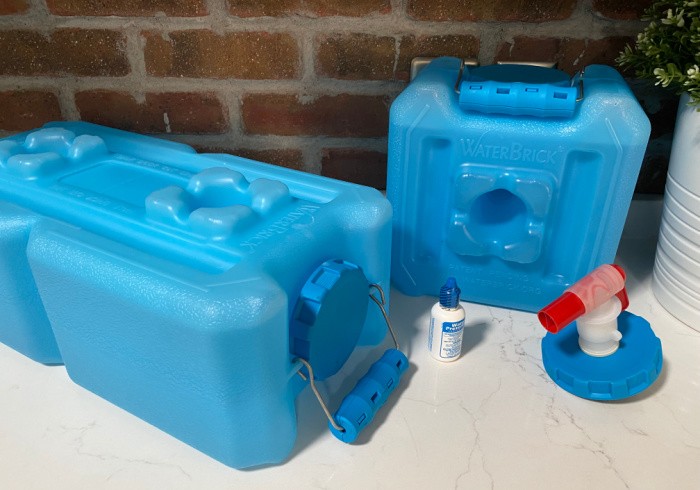

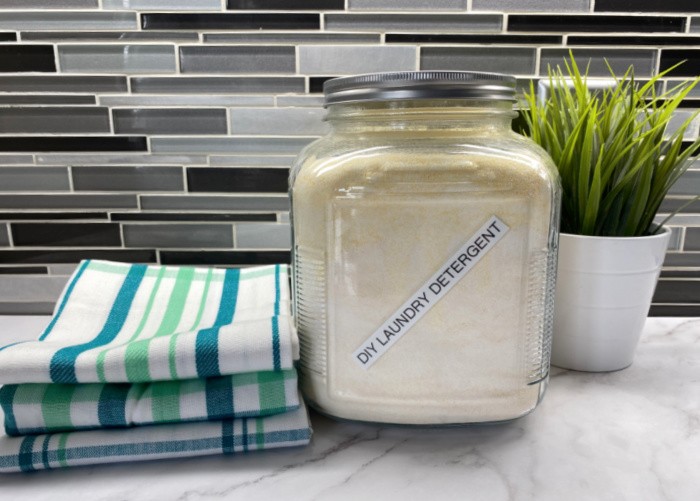
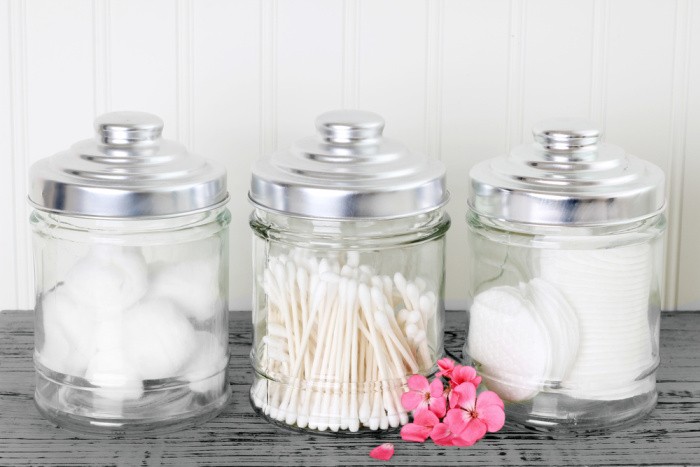
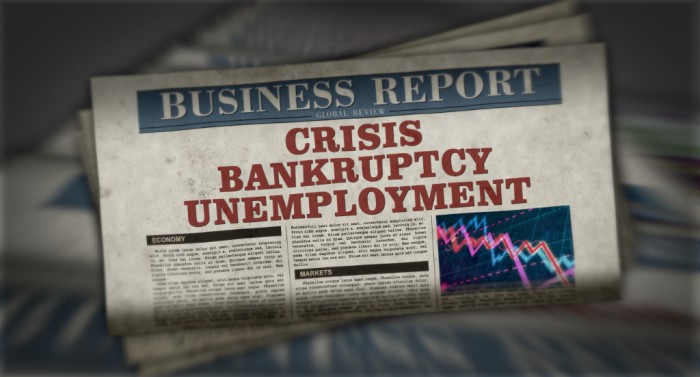
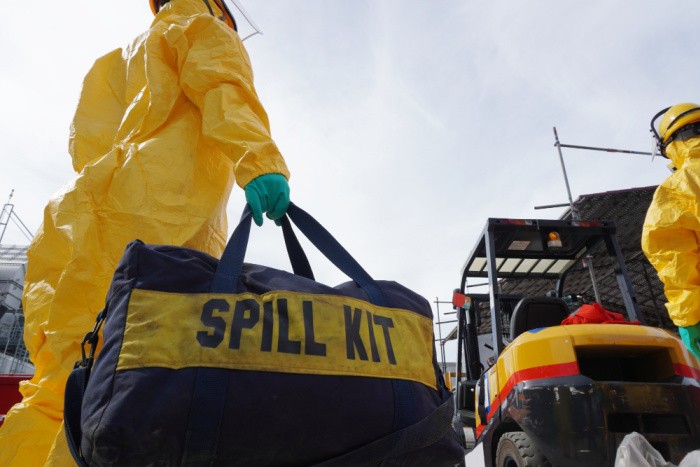
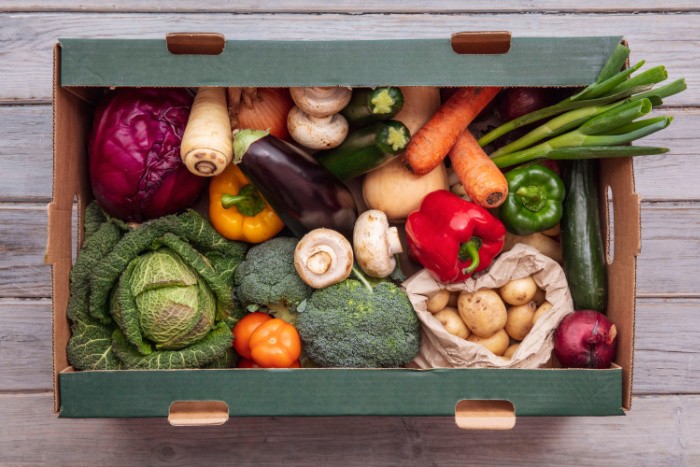
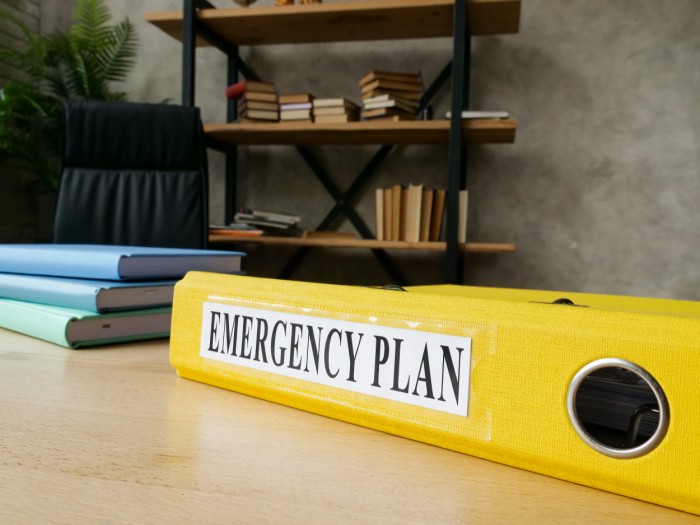
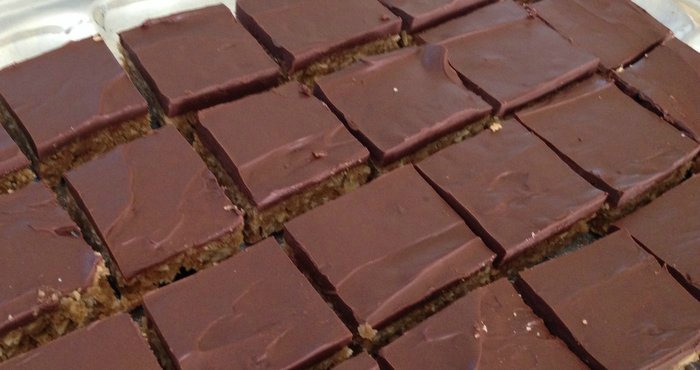













Just look at what’s most likely for you and what’s needed for yours. Each one’s journey will differ slightly because we have different needs. There are pillars that are all the same such as food and water but medications might differ as well as geography.
Example: If you live in San Antonio then snowchains might not be a top priority but shade might be. But folks from SA will also be putting up rice and medical supplies and ammo. So differences and pillars.
Start small and enjoy the ride without stress and massive debt.
Hi Matt, great comment as always, my friend. Stock what you need personally and buy it slowly and stay out of debt. Thank you, Linda
Great post, Linda! I did save thenTips on Water! It’s always good to know how and when to make water safe.
Hi Deborah, yes, we need water for sure!!! Thank you my, friend, Linda
All good tips thanks Linda you are awesome!!
Hi Debbie, thank you for your kind words, my friend. Linda